#original pokedex
Text
Dex Entry #99*: Gigantamax Kingler
Once feared as a sea monster by Galarian sailors, a former King of the region ordered for the population of Kingler to be controlled to reduce how many Gigantamax Kingler could attack ships and ports. This led to a boom in Galarian seafood.

#pokemon#pokedex#original pokedex#gigantamax#gigantamax kingler#water type#i freakin haaate this form of kingler it creeps me out
15 notes
·
View notes
Text

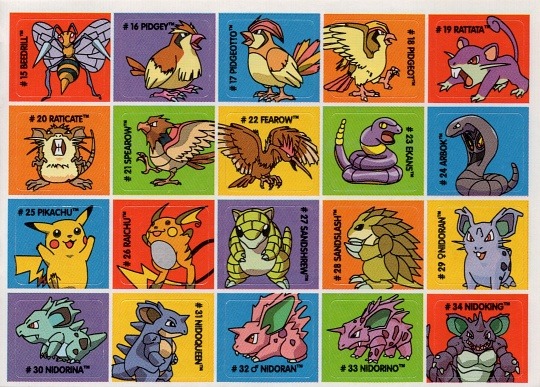

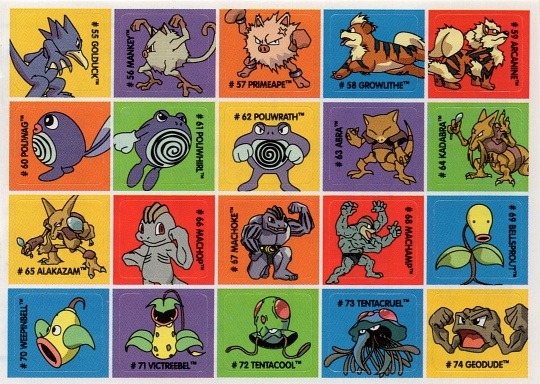
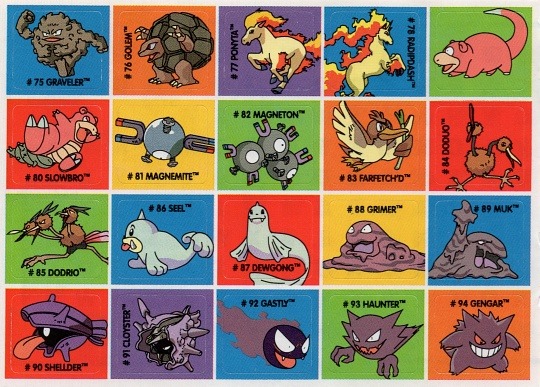

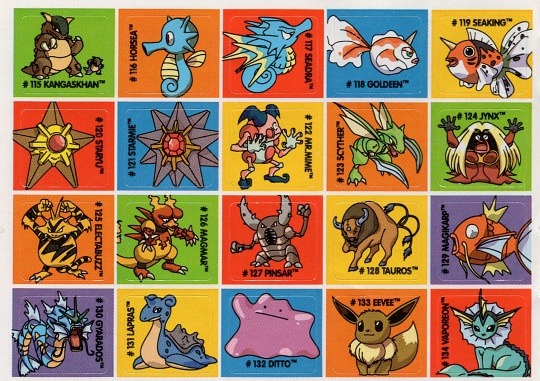

Stickers of the original 150 Gen 1 Pokémon (1999), scanned by me
#pokemon#vintage#vintage pokemon#pokemon stickers#stickers#sticker sheet#1999#90s#90s stickers#90s nostalgia#nostalgia#y2k#original pokemon#gen 1 pokemon#pokedex#scans#my scans#mp#I'm not going to tag them all I'm sorry LOL
496 notes
·
View notes
Text

Pokedex ♡
#pokemon#pokedex#charmander#toys having fun#originalcollection#90s#toys#toycore#kidcore#nostalgia#nostalgic#original#mine#cute#bright colors
623 notes
·
View notes
Text


The Original Pokedex Returns!!!
#pokemon#pokeani#anipoke#pokeani spoilers#anipoke spoilers#spoilers#pokemon journeys#pokemon original series#jn135#os001#ash ketchum#goh#pokedex#starmie#90s anime#90s nostalgia#references#easter eggs
488 notes
·
View notes
Photo
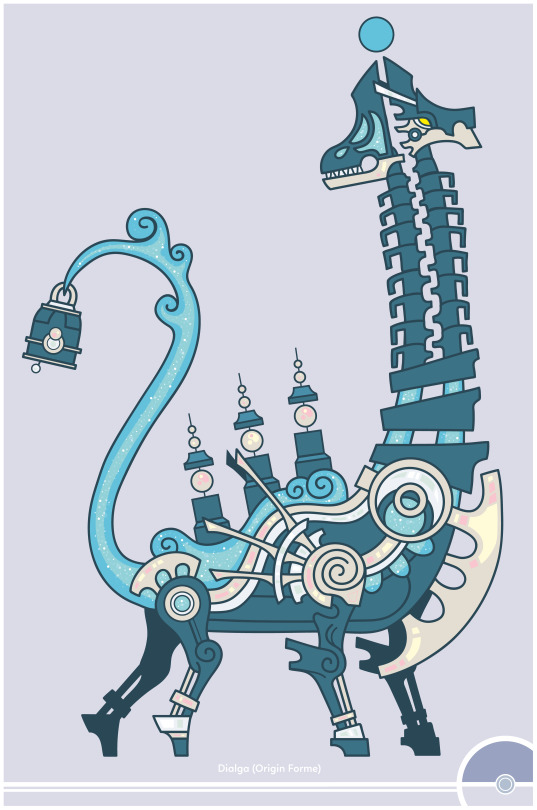
Pokemon Redesign #483 Origin Forme - Dialga
Dialga
If you like my work consider joining my Patreon!
#pokemon#pokemon redesign#hisui#legend arceus#dialga#origin forme#origin forme dialga#fan art#national pokedex
1K notes
·
View notes
Text
Some Updates
I've been working hard over the past several weeks to get things prepped and ready to go, and I'm finally ready to talk about what I've been working on!
Patreon and Early-Access Content
Firstly, and probably most importantly, I've set up a Patreon! Worry not; exclusive content is not one of the benefits I offer, instead opting for early access content. Anything I post to Patreon will be made publicly available shortly thereafter, both on Patreon itself as well as in the new Projects channels in my Discord! No one should feel obligated to become a patron; if you have the cash to spare and want to support me and/or be able to see what I'm working on a little bit earlier than everyone else, that's when I would say becoming a patron is appropriate for you.
D&D Origins: Modularized
While the version of D&D Origins that's available on Modrinth is my pride and joy, the format I made it in doesn't allow much room for expansion; in its current form, its nearly 1,000 files make it rather resource-intensive, and I want to rectify that. This is why I plan on posting a modular version of the pack -- that is to say, a version where each race and each class are posted separately from each other, but will still work in conjunction with each other when combined. This allows for players to pick and choose the specific races and classes they want to be made available, whether for a single-player experience or a multi-player server. Additionally, this will allow me to create more content for the pack that can be very easily integrated with the existing material.
The first three race and class modules, as well as the Human and Commoner modules, have been posted to my Patreon and will be made publicly available in the #dnd-origins-modularized channel of my Discord one week from today. Thereafter, a race and class module will be posted on a bi-weekly basis, with Pokedex: Origins packs being posted on the off-weeks, and made available to the public one week after the initial posting.
Pokedex: Origins
Pokedex: Origins is, at least for now, in a state where I feel comfortable posting it! I still need to collect a handful of assets before I can post the companion mod to Modrinth, but I'm comfortable posting the individual evolutionary lines -- first to Patreon, and then to the #pokedex-origins channel in my Discord. The plan for now is to post the Generation I starters, followed by the evolutionary lines I created for playtesters, and then going in dex order. Patrons will have the ability to request specific 'mons be moved to the front of the queue, but everything will get made eventually. As mentioned above, I plan to post one evolutionary line on a bi-weekly basis, alternating with my D&D Origins: Modularized content.
10 notes
·
View notes
Text
Depictions of es in prisoner MV’s
I’m not sure if there is any substantial meaning behind this but I was re-watching ‘back draft’ and thought wait… is es in any other mv’s?

Though we don’t have all the mv’s from what I’v found unless I missed something apart from rabbit es in tear drop Es doesn’t apear visually in any over mv’s.

though I have my money on them appearing in kotoko’s
looking in to the similarities of these scenes
-both have a focus on judgment you know (hehe) makes sense considering es’s role as warden
-both have a focus on eyes , bunny es wearing glass and back draft es has their eyes
-this is a bit of a stretch (well all these are stretchs) both show es in a form that can’t speak es in back draft has no mouth and es in tear drop is a plushie
-es is shown in the centre of the frame
-both have a focus on hands ( and maybe pointing?) yuno pointing and es pointing the spray paint can at fuuta
-shots colours mainly consist of the characters main colour (fuuta red , yuno pink) a gold esc colour and black
-the character singing is not in frame / we see es through the pov of the prisoner
Other observations
-I’d like to note the power dynamic in back draft es has the power they are the one judging fuuta this time rather then fuuta judging others but in tear drop the prisoner has the power instead and yuno is judging es rather then them judging her. In the pv es is a stuffed toy a thing often associated with childishness further diminishing es power in tear drop es is just a stuffed toy.
-expanding on the es can not talk in these mv’s point , es in backdraft looks like the thumbnails of the es covers , the covers es says the prisoners words not their own and in tear drop yuno speaks for rabbit es
-the shots as aforementioned have a focus on eyes and how the characters are seen yuno as a innocent girl and fuuta as guilty and well I think we all know what happened to fuuta’s eye..
I’m not sure if any of this means anything but its fun to speculate
#Original I was gonna talk about how yuno and fuuta are together in the prisoner line up 2 and 3 but couldn’t find any meaning from it#When I went to write fuuta comes after yuno in the prisoner numbers I almost wrote pokedex :’)#Milgram#es milgram#yuno kashiki#fuuta kajiyama
31 notes
·
View notes
Note
Heart swap Akari and ingo but like a certain Dr and platypus
Ingo: a phione?
Akari: *puts on scarf and starts taking pokedex notes*
Ingo: AKARI the phione?!
ANON THIS MADE ME LAUGH Ingo cannot see that this is Akari until the clues are so numerous and right in his face.
(To be fair, it’s not exactly a common thing to have to worry about people having their bodies swapped with Pokémon! Ingo wouldn’t be looking for that!)
#wayward’s asks#phione Akari AU#Akari obviously can’t wear her own scarf#it’s too big AND it’s still on her original body#(same with the pokedex actually)#but Ingo can get her a little replacement scarf with scraps of fabric haha
105 notes
·
View notes
Text
just found out about the canon height difference between Dialga and Palkia through Pokemon Home and I’m dead bro I thought they were the same size 💀
WHY IS PALKIA SO SHORT


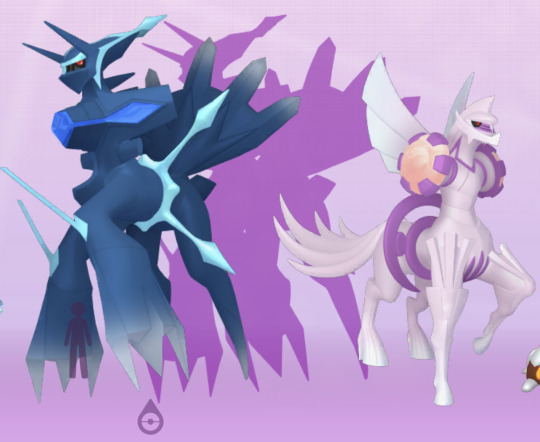

#pokemon#pkmn#pokeblr#pokemon legends arceus#dialga#palkia#origin dialga#origin palkia#pokemon home#pokedex#little man lmao#arceus had a favourite clearly
24 notes
·
View notes
Text


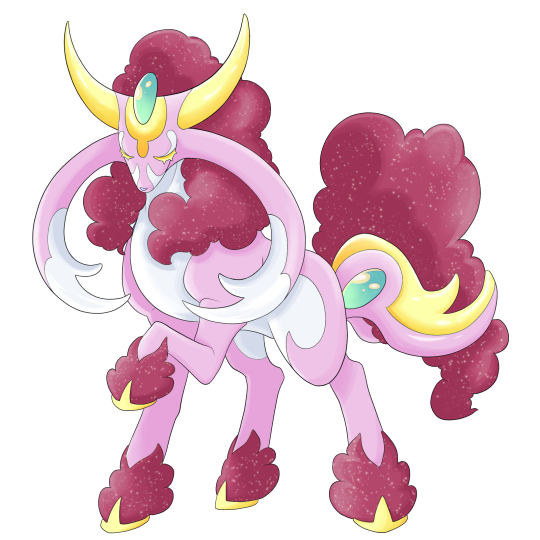
Here’s the final evolution of Rockalye and Naudoff! Designing a line of Pokémon was a lot of fun, so I might do more of this in the future in my off time.
369 notes
·
View notes
Text
Charmander, Charmeleon, & Charizard
Charmander (#004)
Pygoignus ignusura
General Information: Charmander the Fire Lizard Pokémon. They are famous for their flame tails that mark an individual’s health. In a healthy individual, Charmander’s tail-fire will burn bright and strong even in the rain, while an unhealthy individual will have a small and weak flame. Yes, when a Charmander’s tail-fire goes out, it dies, but understand that the fire is not directly impacted by the environment, rather it is indicative of the Charmander’s internal vitals. The tail-fire can be rained as much as the rain pleases or even be dunked into water and do the Charmander no harm, in fact the fire will cause the water to steam away, but if the Charmander itself is exposed to the elements, its tail-fire will flicker and dim over time. To simplify, the tail-fire is an indication of health and liveliness, not the cause of poor or good health.
Charmanders average at 2 ft (0.6 M) tall and 18.7 pounds (8.5 kg).
Mechanic change: The sex ratio of the Charmander line has been changed from 1:7 to 1:3. Not all of the in-game starters will receive changes to their sex ratios, but some will.
Habitat: Charmanders are found in warm, arid climates of the American Cordillera—this is the mountain chain that extends from Alaska all the way to Chile. They are particularly numerous in the Grand Canyon region of the United States, but can certainly be found elsewhere. There are some smaller, scattered, populations in the northern latitudes, but they do not thrive as much as the populations nearer the equator.
Life Cycles: Charmander eggs are laid as singles or pairs (rarely triplets). They are often born at the start of the summer after being kept warm during the cold season by their parents and whatever warm place their parents were able to find for a nest. There are dedicated Charmander nesting grounds where many Charizards and Charmeleons will arrive at from all over the region, often returning to the nesting ground of their birth. These nesting grounds are found at geological and climate hot spots, such as Yellowstone or desert caves. Charmander eggs that are raised at these specialized sites only need to overwinter there, and will hatch in about 7-8 months, while those that are cared for in colder climates will take 10-15 months, depending on the environment.
The only primary predator of Charmanders are Moltreses. Of course, there are other creatures that will take a stab at a Charmander if given the opportunity, including opportunistic packs of Houndooms or Talonflames, but the rate of predation by these Pokémon is minimal compared to Moltreses. Most predation upon the species occurs at the Charmander stage.
Charmanders often become Charmeleons around 2 years of age. At which point, their parents leave them to return to where they came from.
Behavior: Charmanders are social creatures that will call for others of its kind/pack when they find food. While they certainly have Charizards and Charmeleons around to care for them, its important that Charmanders develop bonds and strong relationships with the other Charmanders in its cohort.
Diet: Charmanders are omnivores who eat fruit and bugs that they can catch.
Conservation: Endangered in the wild. They are threatened by habitat destruction and poaching.
Relationship with Humans: Charmanders and their evolutions are beloved by people. They’re cute little fire lizards who make excellent starter Pokémon and are generally considered safe to be around human children, despite being fire-types. Their sociality as a species makes them great companions, and their strength as they evolve makes them desirable on teams. As with all Pokémon with fire as part of their anatomy, the tail-fires of Charmanders rarely caused accidental harm.
Charmanders are mostly available from Certified Pokémon Breeders, who supply localities with domesticated stock. While they can be found in the wild, they are rare even in their natural habitats, and many states have banned or severely limited the ability for trainers to capture wild Charmanders.
Gameplay Note: Pokedexes are updated with modern catchability laws, and will warn of these laws & record the capture of illegal catches, if not outright stop them. This does not apply to Pokedexes that have been hacked (or built) to prevent this, of course.
Classification: Pygoignus ignusura is the scientific name of Charmander. Both the genus name and the species epithet mean “fire tail.”
Charmeleon (#005)
Pygoignus cepheloceros
General Information: Charmeleons are the evolved form of Charmander.
They average at 3’07 ft (1.1 M) and 41.9 pounds (19 kg).
Habitat: They live in warm, arid environments of the American Cordillera.
Life Cycles: Charmeleons are the awkward middle stage of the Charizard life cycle. They are strong and freshly independent of their parents and capable of reproducing themselves—if anyone will take them. They’ve developed strong bonds with the others in their cohort, and they’re ready to prove themselves to the others. This is the stage where Charmeleons will do a lot of stupid things (much like teenagers and young 20-somethings do in humans) in an effort to stake their identity and learn about the world around them. Because of this, Charmeleons may not be predated upon as much as Charmanders (but Moltreses still like eating them), but they do risk Death By Doing Something Stupid And Reckless. Maybe they picked a fight with a Tyranitar! Maybe they went climbing up the wrong mountain during the wrong season, who knows!
It's hard to say how long Charmeleons live for, but it can certainly take anywhere from a few years to a decade or longer to become a Charizard.
Behavior: Charmeleons are reckless, aggressive, and hot-headed. They love to pick fights with each other and other Pokémon. This is an important developmental stage for them as they grow in strength and learn to be the powerful dragons that they are destined to become one day. Strength is the name of the game amongst Charizards, and Charmeleons must learn to be strong—which involves being an idiot and reckless teenager, first.
In addition to their efforts at learning to be strong and powerful and wise to the world, Charmeleons take it upon themselves to care for the Charmanders at the hatching grounds. While there are certainly some Charmeleons who go off to explore the mountains, there are many who stay at the hatching grounds that they grew up in, since they are unable to fly away with the Charizards. But remember that not all Charmanders were raised at specific hatching grounds, and some blazes are able to raise their Charmanders at home, meaning not all Charmeleons are truly parentless upon evolution. In cases where the blazes, normally ones who have the means to raise eggs in their home territory are then brought up with greater attention from the blaze as a whole, including the passing of specific knowledge and wisdom about the local environment. These Charmeleons are less likely to find mates at this stage in life than their counterparts at the hatching grounds (who may find mates from the other Charmeleons or other Pokémon), but they are also more likely to survive to become a Charizard. Pros and cons.
Diet: Charmeleons are omnivores who eat fruits and whatever small prey they can catch.
Conservation: Endangered
Relationship with Humans: Charmeleons are known for being the Difficult Stage in raising a Charmander, and more than one Charmeleon has been abandoned at this stage in its life because of attitude problems. Domestication has done little to curb those tendencies.
Classification: The species epithet is “cepheloceros” which means “horned head.”
Evolution: Charmeleons evolve from Charmander at level 16.
Charizard (#006)
Pygoignus lacertardere
General Information: Charizard is the final evolution of Charmander and Charmeleon, known as the Flame Pokémon. They are powerful Pokémon, apex predators of the ecosystems that they inhabit.
Charizard has 3 temporary forms: possessing two mega forms (Mega Charizard X and Mega Charizard Y) and a Gigantamax form.
Charizards average at 6’7 feet (2 M) tall even in their mega forms, but are certainly capable of being far larger, especially in the wild. Regular Charizard averages at 235 pounds (106.6 kg), Mega Charizard X is 278 pounds (126.1 kg), and Mega Charizard X is 256 pounds (116.1 kg). Then the Gigantamax form Charizard is over 91’10 ft (28 M) tall with an unknown weight average.
Habitat: Charizards can be found all over the Southern latitudes of the American Cordillera*. They often live in separate blazes from Charmeleons and Charmanders, but not necessarily. Places that are dedicated to Charizard-only blazes are called Charicific Valleys. These places are normally protected by Rangers and often their locations are kept secret by locals and state officials, for conservation reasons.
* It is possible that there could be a regional variant of Charizards that are better adapted to the colder climates of Northern Latitudes, in which case there could be Charizard populations covering the entire extent of the American Cordillera, from the Andes of South America to the Aleutians of Alaska.
Life Cycles: Charizards normally reach this stage in at least the fifth year of life, but it can take decades longer. They are known to live upwards into the 100s and 200s, typically only dying from disease, organ failure, starvation, or from each other.
When it’s time to find a mate, male Charizards will compete aggressively and violently for the attentions of the females. In fact, these duals can become lethal and are the primary way that Charizards die: from each other. Strength is not the only determining factor though, and personality (including sociability and tenderness toward Charmanders) is important too, and it varies from each individual what they value more.
Charizards will copulate every several years, varying widely between individuals. Whether they migrate to hatching grounds or stay home to raise their eggs, depends largely on where they live or what blaze they are from. When they do raise Charmanders, they will remain with the babies until they evolve into Charmeleon. The females are the most likely to return to the blazes of their parents when the opportunity presents itself, but in truth blazes are often comprised of unrelated individuals, multiple sets of different cohorts who set out together as fully fledged adults to find blazes to call home. The initiation process can be brutal for newly fledged Charizards, but once a Charizard has been accepted into the blaze, they are a member for life unless extraordinary circumstances should force them to be exiled.
Behavior: Charizards do not have any true hierarchy to their blazes. They are aggressive but loyal to each other, a “we can beat each other up as much as we like, but if outsiders try to fuck with someone they’re going to find out what happens when an entire blaze of Charizards is mad at you.” They are hypersocial creatures at their core, who become depressed and lonely without others in their “pack” and are keen on being helpful to each other. This also makes them ideal companions for trainers, and is why many localities have trained Charizards to fly people around.
Diet: Charizards are omnivores that eat fruit and whatever medium-sized game they can catch. They generally find humans distasteful and too bony.
Conservation: Endangered
Relationship with Humans: Charizards are extremely popular with humanity. They’re cool, they’re big, they’re orange, they’re dragons—wait, no they’re not! Whatever! A dragon is a dragon is a dragon. They’re ferocious but loyal, dangerous but friendly, and they are immensely useful to Pokémon and Emergency Organizations the world over. They’re popular in merchandise, they’re popular in children’s literature—there’s even a Charizard on Tuesdays with Turtwig named Charla who delivers the mail! Charizards are the ultimate cool Pokémon.
They may be endangered in the wild, but their conservation is a high concern to modern humans. Many Charicific Valleys are closely guarded, and the Charmander Hatching Grounds are tightly guarded secrets amongst the Pokémon Rangers it concerns. Unfortunately, their life cycles are not terribly conducive to rapid repopulation from poaching and habitat destruction, but the effort is there.
Classification: The species epithet of Charizard is “lacertardere” which means “blaze lizard.”
~~~~~~~~
Hey guess what, if you like my stuff, this is my website where you can find other Pokémon I've written on and more information about the game that I’m slowly making! Check it out! I write books sometimes too.
#charmander#charmeleon#charizard#pokemon#pokemon biology#pokemon biology irl#pokemon irl#pokemon tabletop#pokemon biology irl tabletop#tabletop homebrew#tabletop#ttrpg#homebrew#gen 1 pokemon#pokemon gen 1#gen 1#pokemon red and blue#pokemon red and green#pokemon firered and leafgreen#kanto#kanto pokemon#kanto pokedex#original 151
7 notes
·
View notes
Text
Dex Entry #110*: Galarian Weezing
This odd form of Weezing seems to have developed during Galar's Industrial Revolution, a time of unprecedented air pollution. Somehow Weezing in Galar went from being part of the pollution to being the solution, developing a shape similar to the very smoke stacks putting out the noxious fumes (and also the top hats of the business moguls who owned the factories).
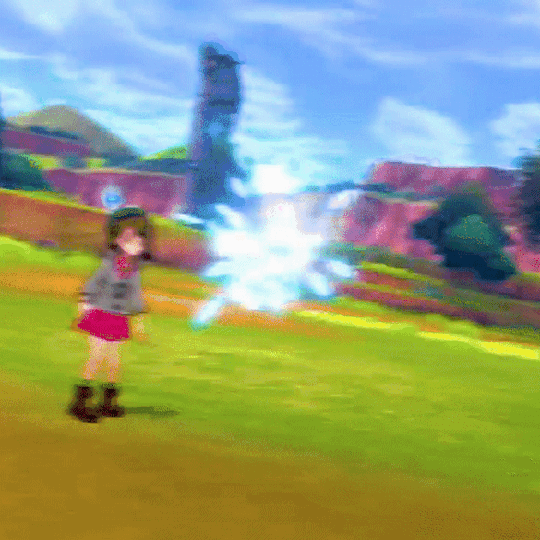
#galar pokemon#galarian variant#galarian weezing#pokedex#pokemon#original pokedex#poison type#fairy type
13 notes
·
View notes
Text

Training flower
#art#artwork#artists on tumblr#my art#my draws#drawdrawdraw#draweveryday#fanart#digital art#drawn#original art#fan art#my artwork#digital artist#pokeart#pokemon arceus#pokemon legends arceus#pokemon gen iv#pokemon girl#pokedex#pokemon#pokemongen4#pokémon#pokeani#mei#rosa#rosa pokemon#digital illustration#digital painting#digital aritst
8 notes
·
View notes
Text


8 notes
·
View notes
Text
makes one of kageyama's pokemon one his (late) grandpa trained for angst reasons
#hq pokemon au#:3#mightyena...#which i originally gave this pokemon to kageyama bc of the vibes#but i just looked at it's pokedex entry and it literally says it will only obey trainers it recognizes as having superior skill#it's all coming together#i love when i pick a pokemon bc of the vibes and then the pokedex entry actually fits really well like woah... im so good at this
14 notes
·
View notes
Photo

Pokemon Redesign #484 Origin Forme - Palkia
Palkia
If you like my work consider joining my Patreon!
#pokemon#pokemon redesign#hisui#legends arceus#palkia#origin forme#origin forme palkia#fan art#national pokedex
693 notes
·
View notes